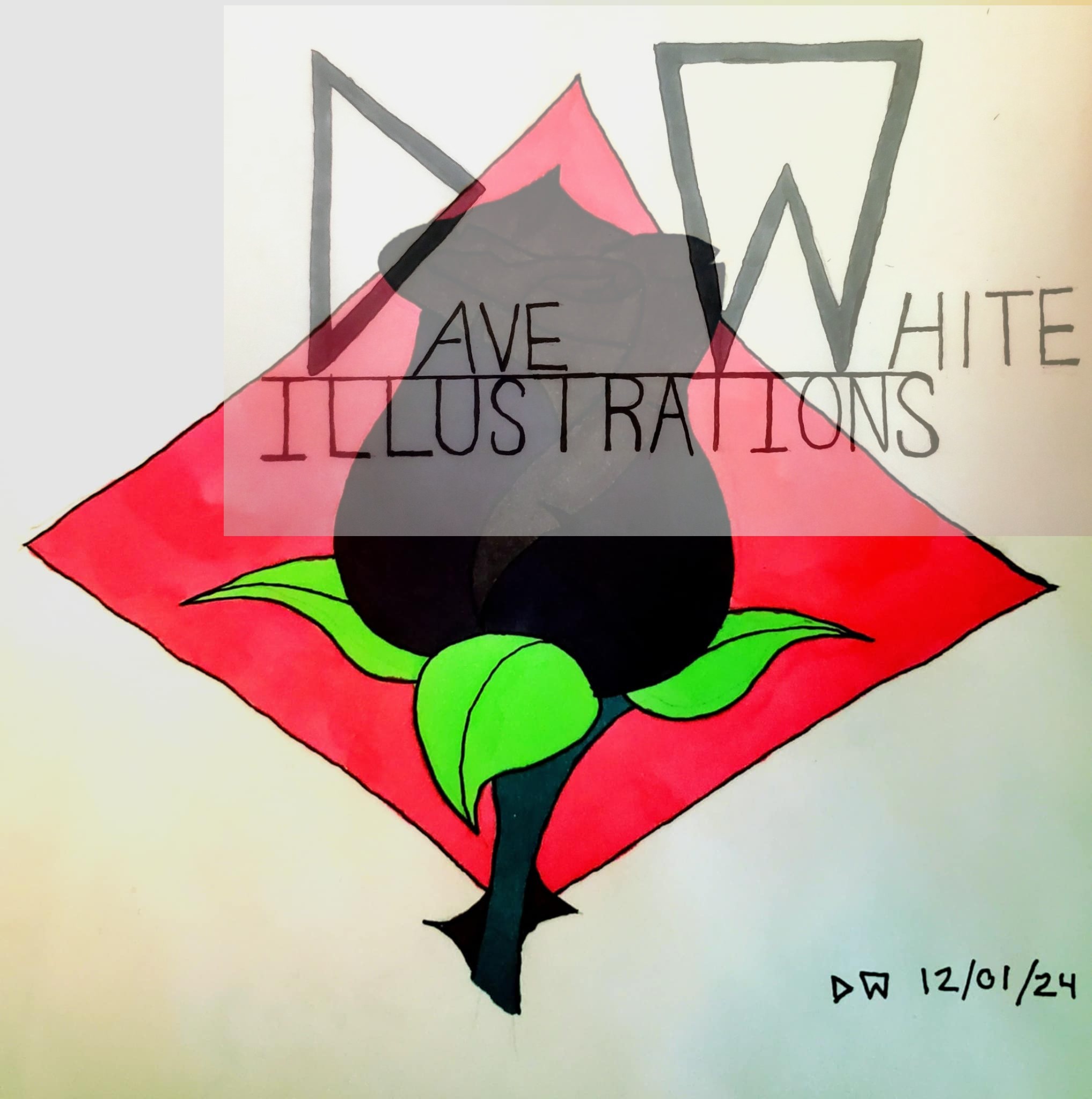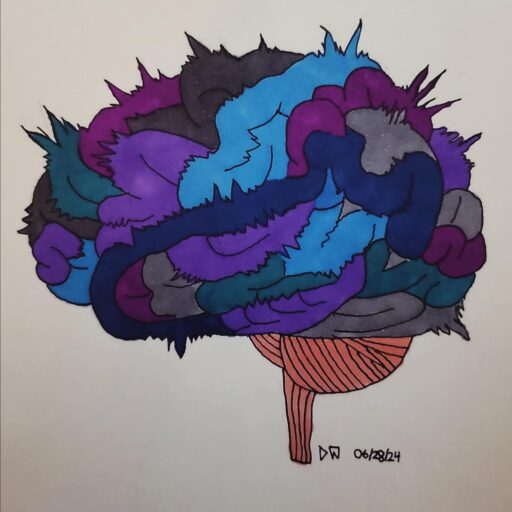Your cart is currently empty!
Bridges of Hope: Simple Tools and Innovations Supporting Mental Health

If you live with depression, bipolar disorder, anxiety—or if you simply feel the weight of being human—you know that strength and fragility often show up together. One moment you’re holding it together, the next you feel like you’re crumbling. For years, people told us to “be strong,” as if fragility was failure. But I’ve learned something different: fragility is not weakness. It’s human.
The good news is that the world of mental health is changing. New tools, therapies, and practices are opening doors for people like us, meeting us where we are instead of asking us to hide what hurts. I’m not a doctor. I’m a person who has lived these battles and seen how small steps—and the right resources—can make a difference.
Here are some of the supports that are helping people build bridges between fragility and strength
Therapy Approaches That Feel Human
- DBT (Dialectical Behavior Therapy): This therapy was first created to help people who felt emotions “too much.” It teaches skills like staying present, managing stress, and handling intense emotions. Many people with bipolar disorder or depression have found it life-saving.
- ACT (Acceptance and Commitment Therapy): Instead of telling you to “stop feeling bad,” ACT helps you accept your feelings without letting them run your life. It’s about choosing actions that match your values, even on hard days.
🖤 Why it matters: These approaches don’t label fragility as failure. They teach you how to live with it—and still move forward.
Technology Making Support Easier
- Teletherapy: Online therapy platforms allow you to talk to a licensed therapist without leaving your house. For days when depression makes the outside world impossible, this can be a lifeline.
- Apps: Wellness apps offer guided meditations, breathing exercises, and mood tracking. They’re not cures, but they can give you small, grounding moments when you feel overwhelmed.
- VR Therapy: Virtual reality is now being used to help with social anxiety and trauma by letting people practice in safe, controlled spaces. It’s still new, but the results are promising.
🖤 Why it matters: Technology can’t replace human connection, but it can put help in your pocket when you need it most.
Whole-Body Wellness
- Movement: You don’t have to run a marathon. Even a 20-minute walk can clear your head and lift your mood.
- Food: What we eat really does affect how we feel. Diets full of fruits, vegetables, and omega-3s (like salmon or walnuts) are linked to better moods.
- Creativity: Writing, painting, or music aren’t just hobbies. They’re ways to let emotions out safely, instead of bottling them inside.
🖤 Why it matters: Taking care of your body, even in small ways, gives your mind more room to heal.
Resources to Explore
Here are some places you can start if you’re looking for support:
- Therapy: Psychology Today’s Find a Therapist tool
- Support: NAMI (National Alliance on Mental Illness) Helpline: 1-800-950-NAMI
- Creative Outlet: Start a journal—write, draw, or paint whatever you feel.
Where Poetic Bipolar Mind Fits In
Poetic Bipolar Mind isn’t a therapy app or a medical tool. It’s a community space. Through poems, essays, and art, it shows that fragility has beauty—and that sharing our truths can be a kind of healing.
I believe creative expression is one of the most underrated forms of mental health support. Just like an app or therapy tool, it offers small but powerful moments of connection. PBM is proof that art and vulnerability can help people feel seen and less alone.
Fragility is not the end of your story. It’s where healing begins.
Works Cited
- Firth, Joseph, et al. “The Efficacy of Smartphone-Based Mental Health Interventions for Depressive Symptoms: A Meta-Analysis of Randomized Controlled Trials.” World Psychiatry, vol. 16, no. 3, 2017, pp. 287–298.
- Harvard Health Publishing. “Exercising to Relax.” Harvard Health Blog, 2021.
- Hayes, Steven C., et al. “Acceptance and Commitment Therapy: Model, Processes and Outcomes.” Behaviour Research and Therapy, vol. 44, no. 1, 2006, pp. 1–25.
- Jacka, Felice N., et al. “A Randomized Controlled Trial of Dietary Improvement for Adults with Major Depression (the ‘SMILES’ Trial).” BMC Medicine, vol. 15, no. 1, 2017, p. 23.
- Linehan, Marsha M. Cognitive-Behavioral Treatment of Borderline Personality Disorder. Guilford Press, 1993.
- Rizvi, Shireen L., et al. “An Overview of Dialectical Behavior Therapy for Bipolar Disorder.” International Journal of Cognitive Therapy, vol. 10, no. 3, 2017, pp. 186–200.
- U.S. Centers for Disease Control and Prevention (CDC). “Trends in Use of Telehealth among Health Centers during the COVID-19 Pandemic.” CDC Report, 2020.
- Cleveland Clinic. “Acceptance and Commitment Therapy (ACT): What It Is.” Cleveland Clinic Health Library Report, 2023.
- Cleveland Clinic. “Dialectical Behavior Therapy (DBT): What It Is & Purpose.” Cleveland Clinic Health Library Report, 2023.
Discover more from Poetic Bipolar Mind
Subscribe to get the latest posts sent to your email.
-

Beauty in Solitude
Dave White’s Black Rose and Kiana Jimenez’s Black Rose intertwine as a reflection on individuality, solitude, and resilience. The illustration’s striking contrasts mirror the poem’s story of a feared yet beautiful rose, unwanted until it is finally embraced. Together, they remind us of the quiet power of recognition and care.
-

Black Rose
A solitary black rose stands alone in a garden of colors, beautiful yet feared, unwanted yet unbroken. Its dark petals whisper of isolation, strength, and the longing for connection. When someone finally dares to embrace its uniqueness, two lonely souls find solace in each other’s presence.
-

The Illusion of Freedom
Dave White’s Willow and Kiana Jimenez’s Binds reveal the paradox of freedom and captivity. The weeping willow’s branches drape like chains, echoing the poem’s lament of unseen binds. Yet both art and verse insist on resilience, reminding us that even in sorrow, a fragile thread of hope persists.

Leave a Reply